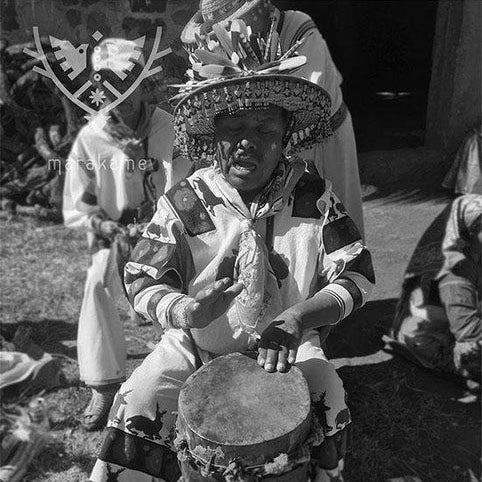The Huicholes, who are they?

Wirrárika Ethnicity (Huicholes)
The Huichol Indians include a series of relatively traditional groups, mostly organized in communities, located in the states of Jalisco and Nayarit in western Mexico. There are about 30 to 40 thousand Huichols, scattered in scattered ranches or small towns in the intermediate tables of the deep ravines. They are engaged in mixed cattle breeding and subsistence agricultural economy. The extremely rugged terrain they inhabit has always served as a kind of filter for acculturation, although the Huichols have always participated in regional social organization. In fact, their relationship with the surrounding area is of a symbiotic type, not of isolation or separation. Their participation has varied in degree and intensity throughout different eras, but there has not yet been a wave of acculturation strong enough to eliminate their religious practices or their language. Although they have adopted a form of Catholicism, their society, at heart, remains traditional and aboriginal (Weigand, 1992).

History
The Huichol Indians have been the focus of anthropological attention since the early XNUMXth century, when the classic works of Carl Lumholtz were first published. While religion and symbolism have been the main interest of people outside the group, other fascinating aspects of Huichol culture and society have been little studied.
Today's Huichols have a long history bordering on at least three centers of Mesoamerican civilization. The archaeological work that has recently been carried out in and near the Huichol communities (land concessions established by the Spanish crown) shows a long sub-Mesoamerican development. on-site. The archaeological sequence, beginning around AD 200, strongly suggests that the eastern Nayarites (one of many terms applied to the Huichols during the colonial period) received Mesoamerican influences from many directions during the long period of aboriginal development in the mountains. . Recent data do not show any archaeological breakthroughs that support the popular theory that the Huichols are newcomers to the area (Weigand, 1992).
Social and economic structure
The formal political structure within regional society, where the Huichols are located, is much more complex and presents greater internal variety than is generally assumed. The indigenous community (indigenous land concession) exists alongside many agrarian communities (ejidos or communal ranches whose members are generally mestizo, that is, individuals of Indian and European origin), some of which are also very old. The regional society includes the following indigenous groups: Coras, Huichol, Tecuales, Pepehuanes, Tepecanos and Mexicaneros, who are internally distinguished in terms of culture and adaptation. Although most of these Indians are organized in communities, indigenous or agrarian, they are also organized directly in municipalities, such as small landowners with individual titles, laborers (daily wage workers), ranchers (cattle owners or cow herders), braceros (migrant workers), peasants (farmers), artisans, shopkeepers, mule drivers. (Weigand, 1992).


